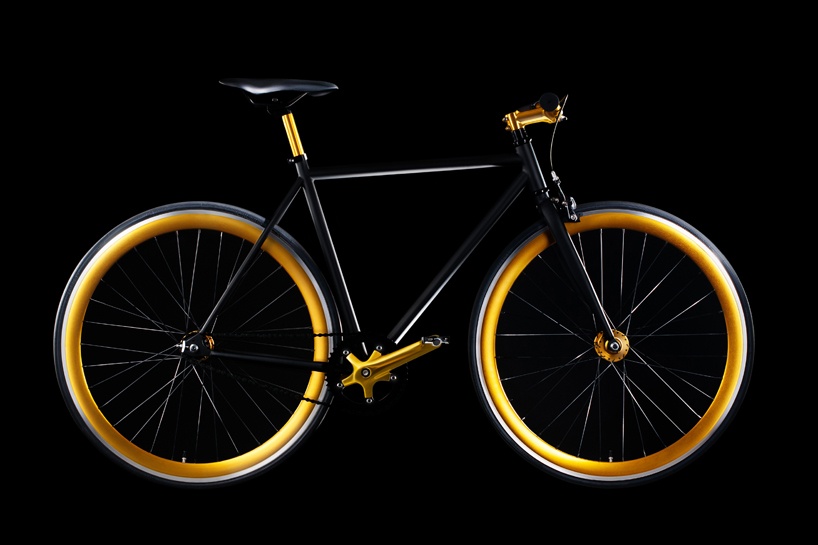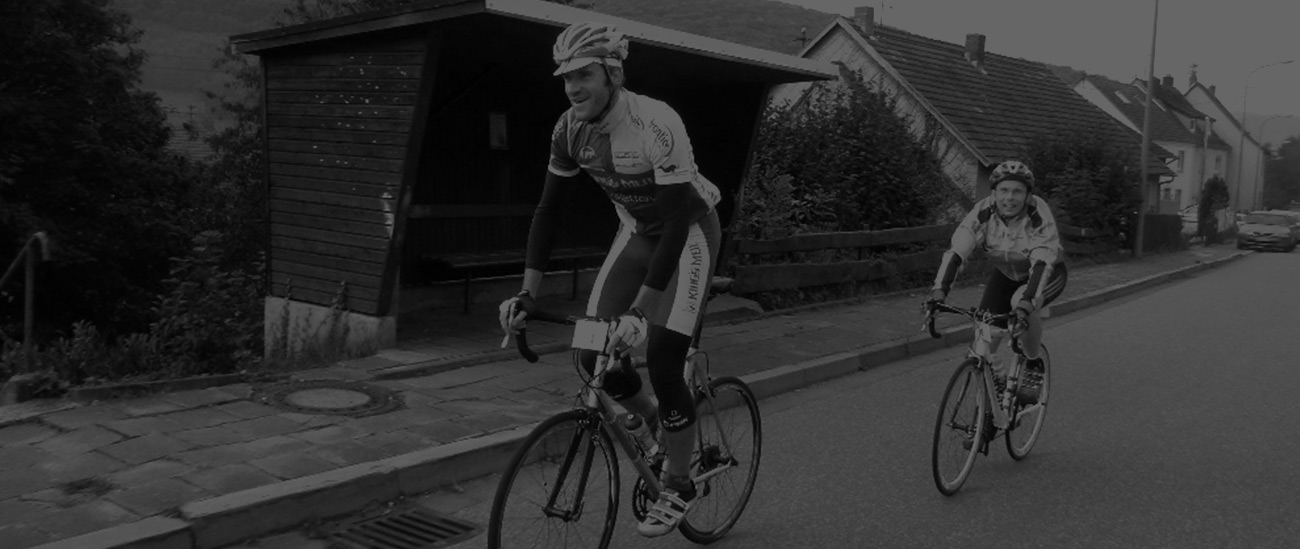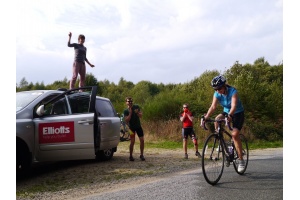Be Safe

Safety is Our Top Priority
Please print this and take it with you on a Challenge, all participants must have read this and will need to sign to
confirm this. For French challenges, the emergency Number is : 112
If you have an accident or are lost and require assistance, ring your support vehicle. The support vehicle or rider should then contact the nearest marshal shown in the Marshal's Rota in the information pack. Where appropriate, the Marshals will then provide assistance and liaise with French authorities and other Marshals as necessary.
ANY ACCIDENT OR INCIDENT INVOLVING THE AUTHORITIES AND / OR WHERE SOMEONE IS INJURED MUST BE REPORTED TO THE MARSHALS
The over-riding objective is for everyone involved to return home safely after an enjoyable and successful Challenge.
Safety is of the utmost priority and each participant is absolutely responsible for their own and their team’s safety, and the safety of those around them be they participants or other road users, and must also ensure that they are adequately insured and prepared for any eventuality that might arise from participating in this Challenge. All team members must read the rules and instructions below. They must then complete the Physical Activity Readiness Questionnaire below and if they answer yes to any question, they will need to obtain their Doctor’s permission to participate in the Challenge. All team members must sign the Personal Safety and Welfare form before commencing the Challenge and failure to do so will prevent them taking part. This form is is shown at the bottom of this document and must be printed, signed and handed into the marshals before boarding the ferry. A signed form must be handed in prior to the start if you wish to participate.
The Trustees, Event Organisers and Marshals of Challenge Adventure Charities (CAC) are in no way responsible for participant’s safety during the Challenge and accept no liability for any death, injury or illness resulting from it. If repatriation is needed, teams must make their own arrangements.
Both in terms of Safety Instructions and other implications, the following is not necessarily a complete list. In drawing the participant’s attention to these safety issues CAC is in no way taking any responsibility for issues not covered. Team Captains must please ensure that they know how to contact each team member’s next of kin or family in case of an emergency.
Safety Rules for
- Cyclists MUST display their team number clearly according to the instructions in the pack, ie on helmet, vest and bike. The Marshals constantly check each team’s position to ensure no-one is lost and therefore need to be able to identify you.
- Cyclists must wear fluorescent vests in poor visibility.
- Cyclists must ensure that they are fit and well to complete the Challenge and have obtained written consent from their doctor where appropriate. A Physical Activity Readiness questionnaire is shown below. By signing the Personal Safety and Welfare Form, you are deemed to have answered NO to all the questions on the Physical Activity Readiness questionnaire or have written consent from your Doctor.
- Cyclists must carry an EHIC card (European Health Insurance Card), formerly E111 form, with them. Go to www.ehic.org.uk and apply on-line. Presenting the EHIC entitles you to treatment that may become necessary during the Challenge and will allow you access to the same state-provided healthcare as a resident of the country you are visiting. However, many countries expect the patient to pay towards their treatment, and even with an EHIC, you might be expected to do the same. For these reasons and others, it is important to have both an EHIC and a valid private travel insurance policy. Some insurers now insist you hold an EHIC and many will waive the excess if you have one.
- Cyclists must have arranged personal insurance for the event.
- Cyclists must be fully aware of and comply with the French Highway Code.
- Cyclists MUST wear BSA approved cycling helmets at all times when on the road, they must also ensure that their bikes are in good roadworthy condition with lights with good batteries if you are on the road in poor visability or after dark.
- Each team must register with the Marshals before setting off each day.
- If you cannot complete the route safely in daylight and decide to drive the final part of any day, you should advise the marshal.
- Cyclists must carry a mobile phone to allow them to call their team in the event of an accident or getting lost.
- Hand signals must be given when turning right and left and an audible warning must be given to the cyclist in front prior to overtaking them.
- Cyclists must be very careful when in close proximity to other cyclists. The overtaking or following cyclist is under a duty to stay clear of the cyclist in front and must allow for the fact that the cyclist in front may turn, or brake, or take some other urgent action. The overtaking or following cyclist must be able to take avoiding action that puts no one at any risk of injury. Allow enough space and communicate with the cyclists around you to let them know what you are doing BEFORE you do it.
- Some road surfaces are poor and speed must be adjusted accordingly, particularly on descents and bends, especially in wet or poor conditions.
- At STOP junctions riders must place 2 feet on the ground and STOP! Look left, right left again etc.
- Towns can be difficult areas to cycle through due to congestion and pedestrians – watch for pedestrians who will not hear you coming and may step out in front of you.
Safety Rules and Requirements for Support Vehicles on Team Events - Support vehicles stopping for a changeover or for non-traffic reasons must fully leave the road with NONE of the vehicle’s wheels on it. Where this is not possible, a manned traffic warning triangle must be placed 20 metres before the vehicle identifying the hazard to other road users, and particularly to cyclists who may have their heads down.
- Drivers of vehicles which stop by the roadside must wear flourescent vests when getting out of the vehicle. Make sure you have sufficient vests in your vehicle.
- It might seem obvious but do not park your vehicle in front of, or obscuring the ARROWS.
- Support vehicles must not drive behind or stay in very close proximity to their rider. This is an extremely dangerous practice both for other vehicles and for cyclists. It is suggested that once you have caught up with your rider after a change over, you drive say 10 mins ahead and wait for your rider to go past. Then after a short wait, repeat the exercise.
- Take extreme care when over taking team vehicles and riders, cyclists may be in front of the vehicle and thus the overtaking distance required may be longer than expected. Treat a cyclist as though he / she is a car in overtaking terms.
- No changeovers must take place within 20 metres either side of a parked changeover vehicle where the vehicles are unable to park completely off the road.
- Be particularly careful when pulling back on to the road, that a cyclist is not about to overtake you. Drivers should involve passengers in checking blind spots.
- When opening off side doors, check first to ensure there is not a cyclist about to cycle into it. Warning – cyclists travel very quickly, particularly downhill when they will often exceed the speed of vehicles. Drivers of support vehicles must allow for this when pulling back on to the road.
- All vehicles must have current road tax, MOT certificate and insurance and be in good roadworthy condition. Make sure all team members have comprehensive cover to drive the team vehicle.
- Vehicles must carry: warning triangle, GB sticker or EU plates, medical kit, replacement bulbs, headlight deflectors and yellow hi-viz vests.
- Drivers must have a current driving licence, vehicle registration document (V5), and certificate of motor insurance with them – original documents and not photocopies. If your licence does not incorporate a photograph, your passport may be needed to validate the licence. If the vehicle is not registered in your name, carry a letter from the registered owner giving you permission to drive or hire agreement.
- Lights: dipped headlights must be used in poor daytime visibility.
- PETROL STATIONS ARE OFTEN NOT OPEN ON SUNDAYS or on rural parts of the route – FILL UP when you can, don't get too low.
- Seat belts are compulsory for front and rear seat occupants, if fitted.
- A warning triangle is compulsory and in the event of a breakdown should be placed 20m behind the vehicle. If using a warning triangle, the driver must wear a hi-viz vest when by the roadside. The use of hazard flashers




